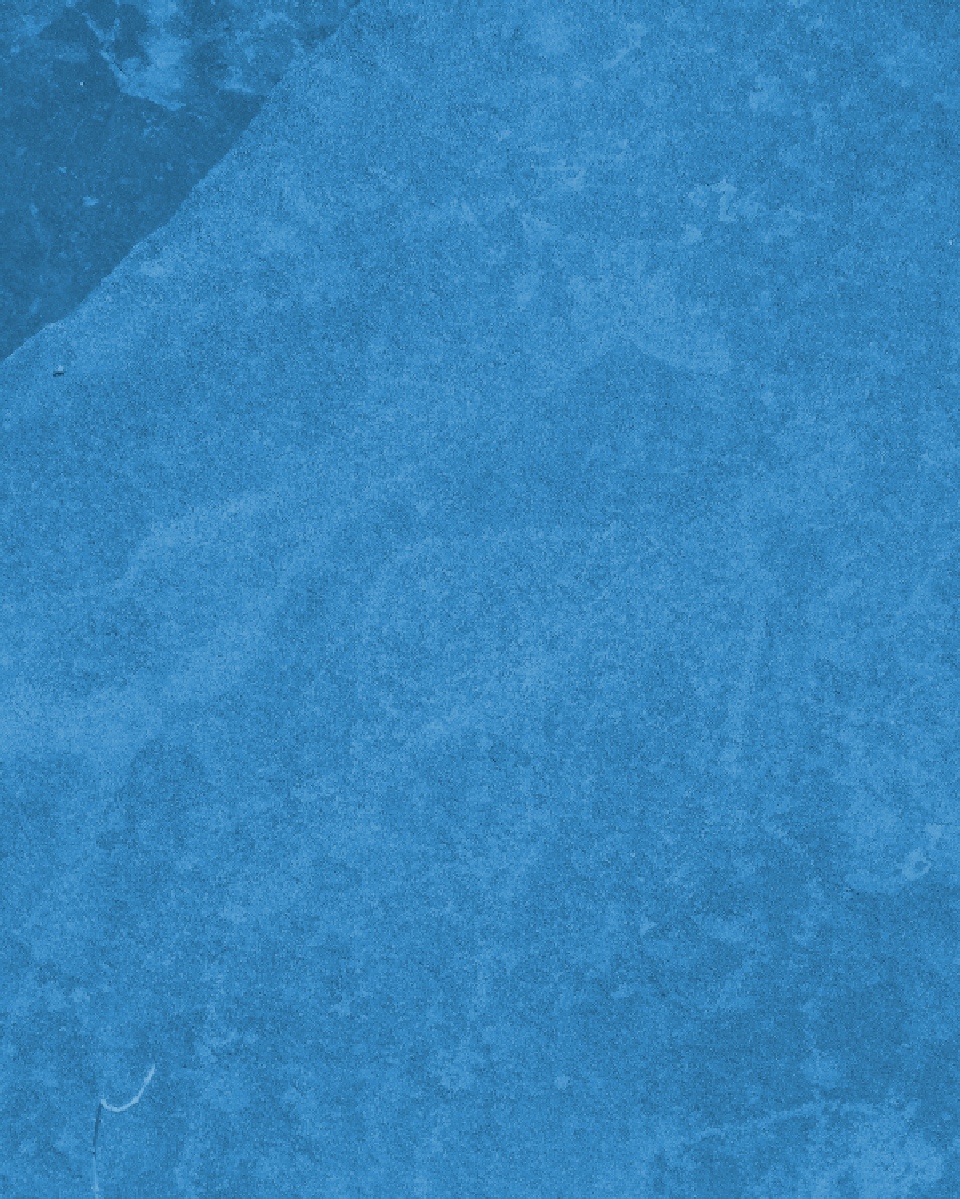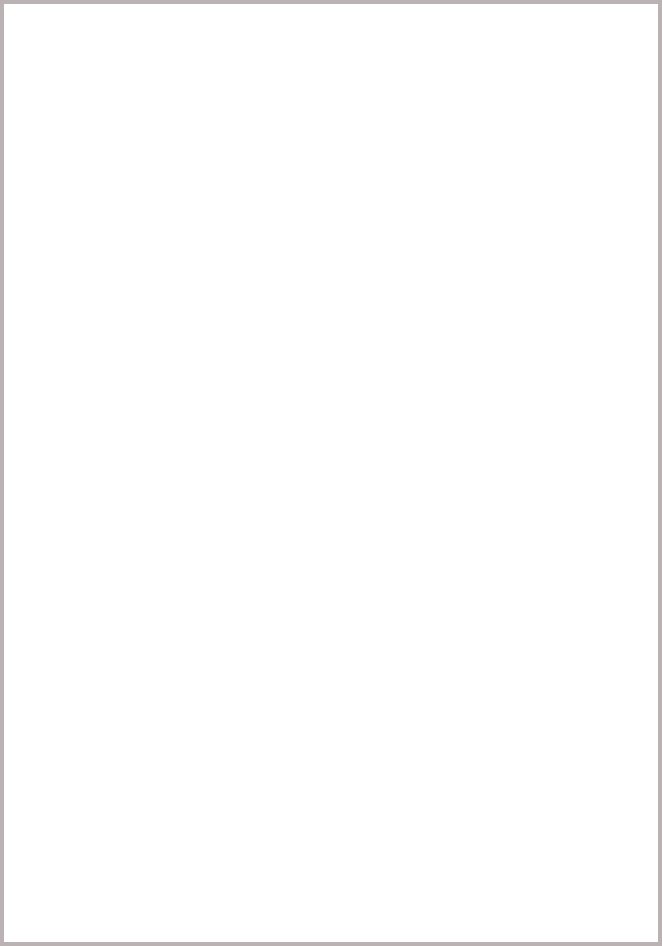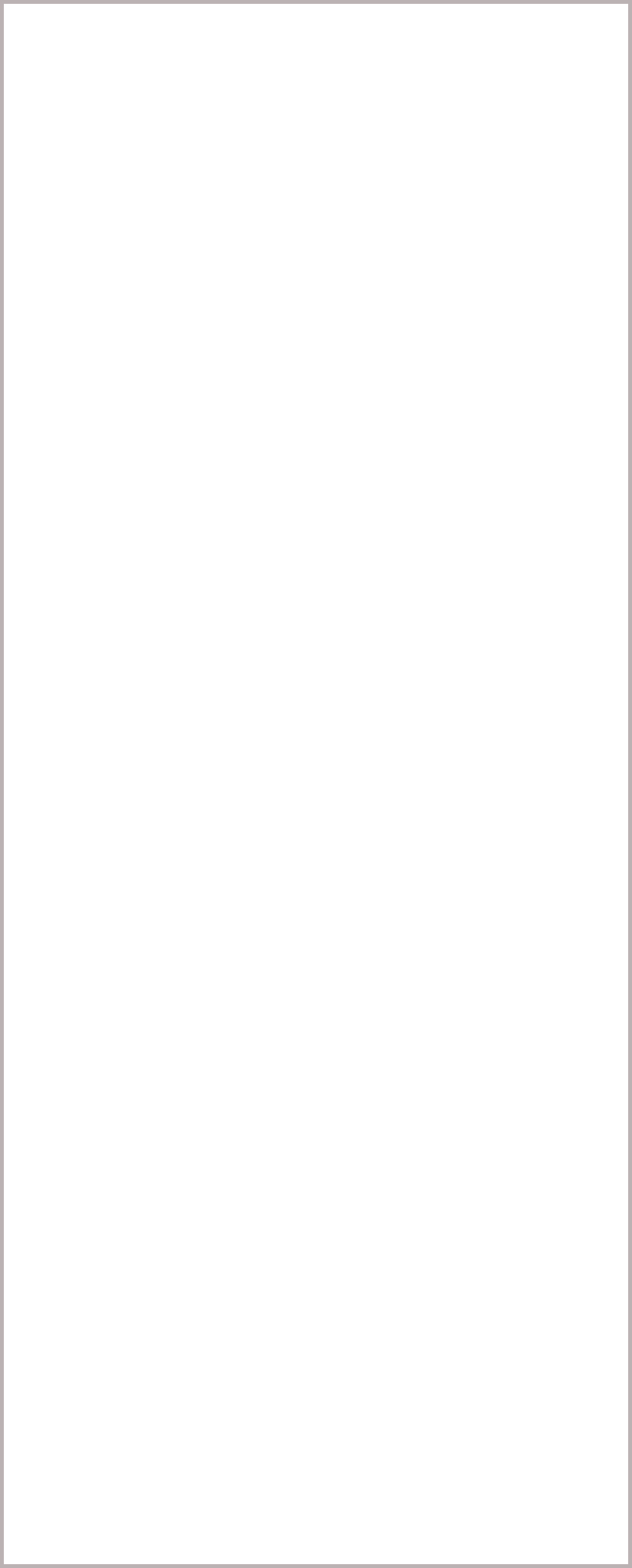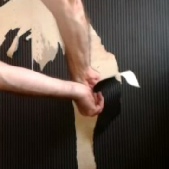































What should I put in the water when wet stripping?
Add a small quantity of washing up liquid to a bucket of hot water when wet stripping unwanted wallpaper. The washing up liquid helps the water to adhere to the wallpapers surface giving it more time to penetrate and so help loosen its adhesives.
Should I strip the top layer of vinyl wallpapers before stripping them?
Unwanted wallpapers such as vinyl's which have peelable top layers should have these layers completely removed before any wet or steam stripping process begins.
Should I cut into or score the wallpaper face before stripping it?
Scoring a wallpapers surface before wetting or steam stripping can help the penetration. There are specialist tools designed for this and I would recommend their use rather than criss-
I have stripped the vinyl layer of my old wallpaper. Should I leave the base layer on the wall and just decorate over it?
You should only decorate upon this base layer if you are extremely confident that it is still firmly stuck to the wall surface, especially on the joints and ceiling, skirting edges and corners. If you are in any doubt, it is best to remove all the wallpaper so that you can decorate on what you know is a good, solid surface. Often, the problems with a retaining the base layers only become apparent once the subsequent layers of new paint or wallpaper are applied to it, as the moisture from the new adhesives and paints exposes undetected flaws in the retained layer, which may then prove more difficult to fully resolve.
Are there any health issues I should worry about when stripping old wallpaper?
There should be nothing to worry about if you are working in a modern house, however if you live in the UK, and the property dates from before the 1980’s then there are potentially some health related issues to be aware off when decorating.
Please be aware that some pre 1900’s wallpapers’ and paints used green pigments that contained arsenic in their manufacture.
It is possible to discover unhealthy building materials beneath old wallpaper even in relatively modern buildings; however they are seldom instantly recognisable. Up until the 1980’s it was common in the UK for asbestos based materials used in the construction industry.
Therefore my advice is to always glove up and wear a good quality face mask, see my page Face Masks for more details, wash your face and hands, and do not eat and drink in the work area, then finally dispose of all the waste materials in sealed bin bags. A change of clothes is also advisable.
When you are stripping wallpaper please be aware there is a risk of discovering areas of mould growth behind the old wallpaper. Mould is dangerous to your health, if discovered carefully wash the wall surface with a diluted solution of bleach two or three times and dispose of unused solution and the cloth immediately. Fully allow the area to dry out before proceeding with the decorating process and always wash your face and hands thoroughly afterwards.

